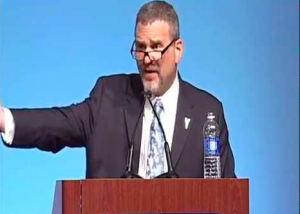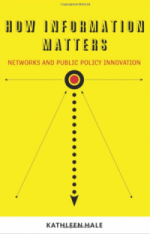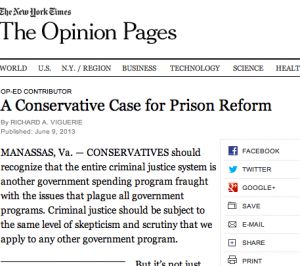Reprinted from December 2018

If you follow the comments of governors and other state policy makers these days, it appears that they have signed on to the notion that drug courts are the answer to prison overpopulation, high crime rates, and increased recidivism (and that may be the short list). In reading about their support for drug courts, I am cheered by their adoption of an important innovation that I along with others pioneered some twenty-five years ago. But I am disheartened by their misunderstanding of the significance and applicability of drug court to all criminal offenders.
Drug abuse is a good example of the failure of the “one size fits all” philosophy in the criminal justice world. As tempting as it may be to lock onto drug court treatment as a silver bullet that works with all offenders, drug court isn’t cost-effective, appropriate, or productive as a treatment alternative for most criminal offenders (or most drug offenders). While drug courts are the most intensive “alternatie to incarceration” available for drug abusers, they should not be the only effective treatment option for the drug abuser.
Optimally, we should think of the drug court as the anchor and the most intensive in a series of treatment/rehabilitation tracks available for the different levels of drug abuse encountered. A Drug Court System could provide a series of progressively more intensive versions of the Drug Court model, beginning with a face to face encounter with a judge, and possible diversion from the criminal justice system, and culminating at the other end of the spectrum, with a fully implemented drug court program.
As described by Dr. Doug Marlow, Chief of Science, Policy & Law, at the National Association of Drug Court Professionals (see: NADCP argues for Evidence-based tracks), most drug offenders are not drug dependent and shouldn’t be part of an intensive drug court program. Dr.Marlow estimates that 60 to 80% of drug offenders do not need a drug court’s intensive treatment.That means that more than half of drug offenders should be going somewhere else besides drug court for their treatment and rehab needs.
At the very least, drug courts need to be modified (as Dr. Marlow suggests) to deal with the majority of criminal offenders, who are drug abusers, but not drug dependent. Whether in an expanded drug court system or an existing probation structure, we need to deal with the whole person in a scientific, evidence-based sentencing system (whatever we end up calling it), where individual levels of risk and need are determined, and appropriate supervision and treatment responses apply.
In practical terms, it appears that we over-treat drug abuse and pay too little attention to cognitive behavioral needs and rehabilitative therapies that have proven successful. In essence what Dr. Marlowe and his scientific brethren have been telling us is that traditional Drug Court is not the answer to most offenders’ treatment and rehab needs.
[Note: drug courts reach only about 5% of drug offenders (which is far from what is needed); there continues to be an appalling failure to develop significant and appropriate treatment and rehabilitation tracks for non-dependent drug abusers specifically, and non-drug abusers in general]



 Professor Hale’s analysis describes NADCP as the “Champion” Non-Profit Organization in its field. What does it have to do with reentry courts and court-based reentry systems. The answer is that it does and it doesn’t.
Professor Hale’s analysis describes NADCP as the “Champion” Non-Profit Organization in its field. What does it have to do with reentry courts and court-based reentry systems. The answer is that it does and it doesn’t.
